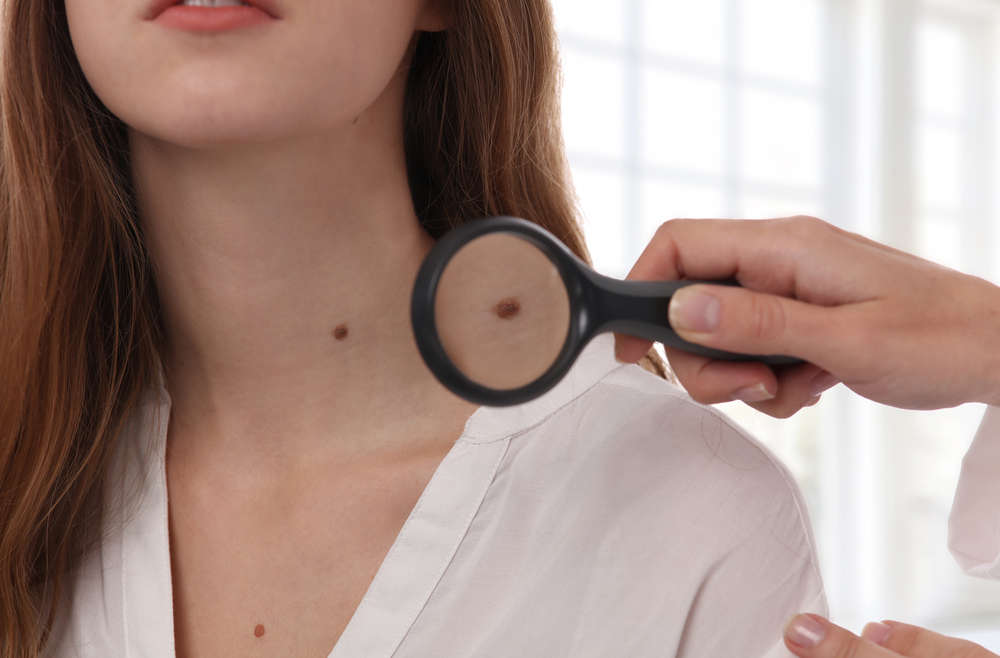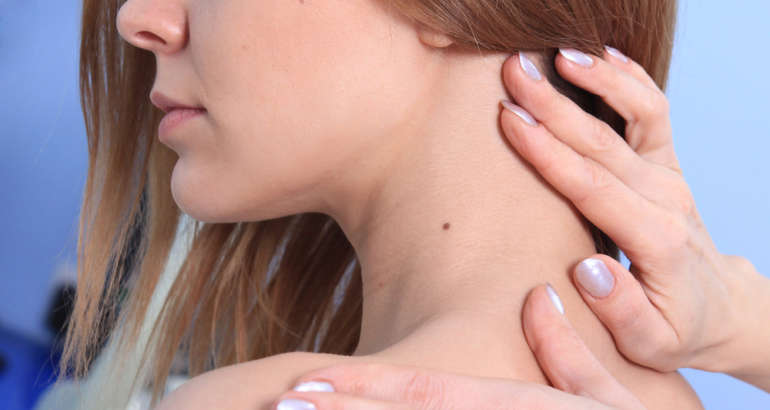In the hands of a qualified and skilled dermatologist, Acworth, Georgia mole removal is a safe and relatively painless process.
However, patients should still ensure that they are well-informed about the procedure, including its benefits, risks, and anticipated recovery.
Continue reading to learn what to expect from mole removal at Acworth Derm – before, during, and after treatment.
What to Expect from Mole Removal Procedure
If you’re wondering what to expect from mole removal, here’s what happens directly before and during the procedure.
To start, the mole is mapped, measured, and photographed. Then, the mole and surrounding skin are cleansed with an alcohol pad.
At this point, your dermatologist will inject a local anesthetic to numb the area and improve patient comfort.
Next, he will use a scalpel to excise the mole and possibly some surrounding tissue. For large or deep mole removal, sutures may be used to close the incision.
How Long Does Mole Removal Take?
Depending on the complexity of your mole removal, the process can last several minutes to one hour.
Prior to your appointment, your doctor will provide you with an estimated time frame.
Is Mole Removal Painful?
When it comes to what to expect from mole removal, many patients wonder if the process is painful.
While you may experience a slight pinching sensation during the lidocaine injection, most people don’t feel much of anything for the remainder of the procedure.
What to Expect from Mole Removal Recovery
Mole removal recovery can take a few days to a few weeks, depending on the size and depth of the lesion.
For larger or deeper moles, stitches are usually removed at two weeks.
As the site heals, it’s not unusual to feel some soreness or itchiness. It’s also important to keep the area clean, soothed, and dry, per your provider’s instructions.
Learn More
If you’d like additional information about mole removal, please call our office today to schedule a comprehensive consultation with board-certified dermatologist and fellowship-trained Mohs surgeon Dr. Johnathan L. Chappell.


